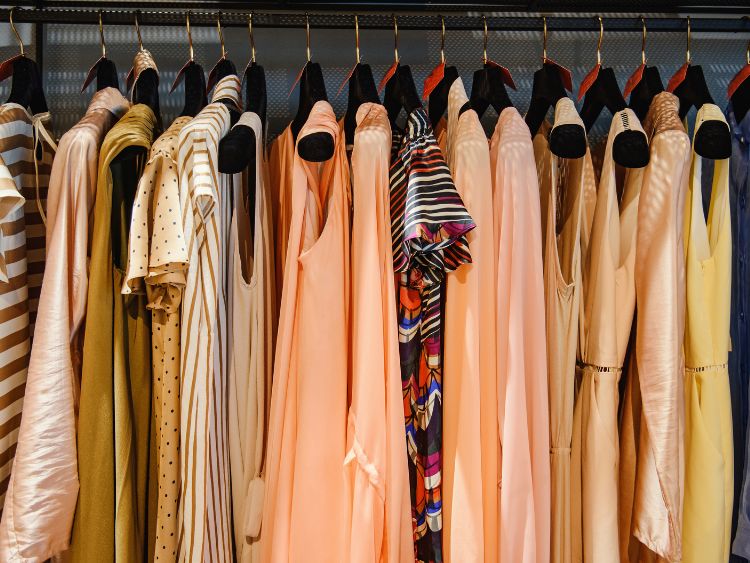Digital Devices and Your Eyes: Blue Light and Your Eyes
Sunlight is composed of red, orange yellow, green and Light Blue Background. It is the white light that we see when it is all combined. Each one has a different wavelength and energy. The wavelengths of the red end have a longer wavelength and more energy. Blue rays, on the other hand, have shorter wavelengths but more energy. A large component of blue can be found in light that appears white. This can expose the eyes to more wavelengths from the blue end.
What are you exposed to light blue background?
Sunlight is the largest source of blue-light. There are also many other sources of blue light:
- Fluorescent light
- CFL (compact fluorescent light) bulbs
- LED light
- Flat-screen LED televisions
- Computer monitors, tablets, and smart phones
The amount of blue light you get from screens is very small in comparison to how much exposure you get from the sun. However, screen exposure is still a concern due to the proximity of screens and the amount of time spent looking at them. A recent NEI-funded study found that children absorb more Light Blue Background from digital devices screens than adults.
- For good health, blue light is required
- It improves alertness, memory and cognitive function, and raises mood.
It regulates the circadian rhythm, which is the body’s natural wake- and sleep cycle. Blue light exposure during the day helps to maintain a healthy circadian rhythm. Too much exposure to Blue Background late at night (through smart phone, tablet, and computer) can disrupt the wake and sleep cycle and lead to insomnia and daytime tiredness.
Children who are not exposed to enough sunlight could have vision problems and their growth. Early studies show a deficiency in Light blue Background exposure could contribute to the recent increase in myopia/nearsightedness.
Digital eyestrain: A light blue background on computer screens or digital devices can reduce contrast, leading to digital eye strain. Eyetrain can be caused by fatigue, dry eyes, poor lighting, and how you sit at the computer. Eyetrain symptoms include dry eyes, irritated eyes, and trouble focusing.
Eye damage: Research suggests that prolonged exposure to blue light can cause retinal cell damage. This could lead to vision problems such as age-related macular damage.
What can you do to protect your eyes?
There are several ways to reduce blue light exposure from tablets and smart phones.
Screen time: Reduce the time you spend in front of screens. Take frequent breaks to rest your eyes.
Screen filters: These screen filters can be used on smart phones, tablets, or computer screens. These filters reduce the amount of blue light that these devices emit, which could damage our retinas.
Computer glasses: Computer glasses that block blue light, such as yellow-tinted ones, can reduce computer eye strain and increase contrast.
Anti-reflective lens: These lenses reduce glare, increase contrast, and block blue light from digital devices and the sun.
Intraocular lenses (IOL), after cataract surgery: The cloudy lens will now be replaced by an intraocular (IOL). The lens protects the eyes from most ultraviolet light as well as some blue light. There are many types of IOLs that protect the retina and eye from blue light.
Talk to your eye doctor about the best ways to protect your eyes and family from blue light.


